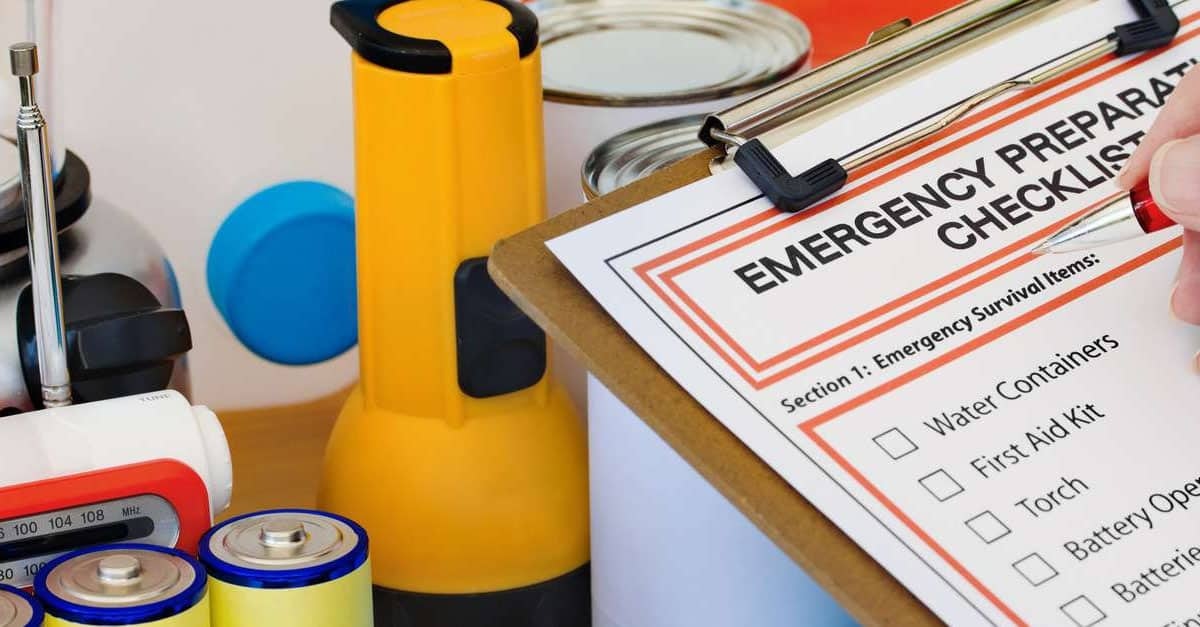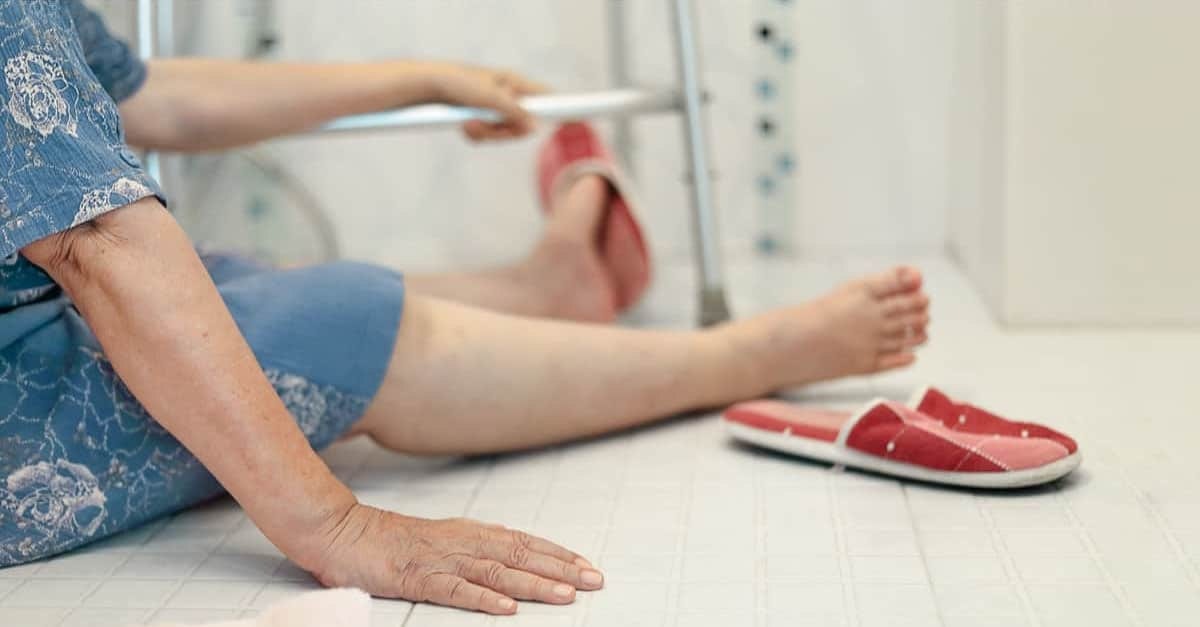Safety in the Home
The home is commonplace to care for a family member or relative. But it is also one of the most common places we can hurt. Accidents in the home claim 18,000 lives each year in America alone. It also accounts for 21 million medical visits annually! That is why safety is a significant concern. In the following articles, you will find some essential safety tips, such as how to prevent falls and fire and oxygen safety. We hope these help keep you and your loved ones safe while on their road to recovery.
Preparing for an Emergency
Being prepared for emergencies such as house fires, hurricanes, floods, or other natural disasters is very important. The following article can guide you on creating an Emergency Plan to prepare yourself on what needs to be done before, during, and after an emergency.
Preventing the Risk of Infection in the Home
If a family member has an infection, they may risk spreading it to a person who is “at risk.” The home and surroundings must be constantly kept as clean as possible. Take these steps to prevent infection in the home.
Oxygen Therapy and Safety Precautions
Suppose you are taking care of someone with a lung disease such as Chronic Obstructive Pulmonary Disease (COPD) or Congestive Heart Failure (CHF). In that case, their doctor may have prescribed oxygen therapy to get more oxygen to breathe. Below is an overview of some of the equipment you might encounter and tips on using them safely while taking care of your relative at home.
Preventing Fire Hazard in the Home
If a fire starts in your home, you will most likely have less than two minutes to escape. Early warning from a smoke detector can save your life. But having a working fire detector is not the only thing you can do. Thinking through some everyday things ahead of time can make a big difference. This article will help you think through some of those important things.
Preventing Falls at Home
Falls are the leading cause of death when it comes to home accidents. They make up a third of all fatalities. Falls are common among older adults and may lead to fractures, hospitalization, rehabilitation, and long-term care. Most falls tend to happen between the hours of 6:00 a.m. to 10:00 a.m. and 4:00 p.m. to 8:00 p.m. This article provides some helpful information on how to make your home a fall-free zone.




